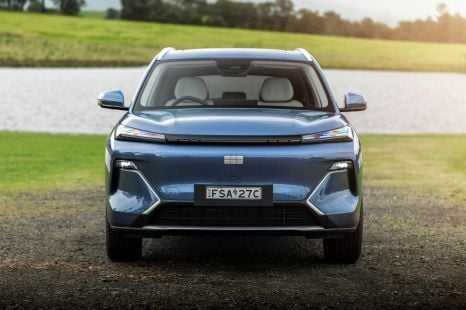

James Wong
Geely eyes record-breaking PHEV SUV for Australia
41 Minutes Ago
Guest User
My dashboardWondering how the mind behind the design of the Koenigsegg Gemera works?
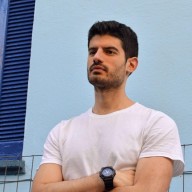
Design Contributor


Design Contributor
Sasha Selipanov is the definition of a hypercar designer. Besides having one of the greatest jobs in the automotive world – head of design at Koenigsegg – he has an impressive CV including several inspiring projects.
After graduating from the Art Centre College of Design in Pasadena in 2005, Sasha was hired by the Volkswagen Group as an exterior designer at its Potsdam studio. Among other cars, he was involved in the design of the Lamborghini Huracán.
In 2014, Sasha was promoted to head of exterior design at Bugatti in Molsheim, where he was responsible for the Chiron (2016), one of the fastest and most powerful production cars ever created.
The next stop in his career would be the position of chief designer at the Global Advanced Design Studio of Genesis in Rüsselsheim. He worked on establishing a design identity for the newfound premium subsidiary of Hyundai Motor Group, creating cars like the Genesis Essentia Concept (2018).
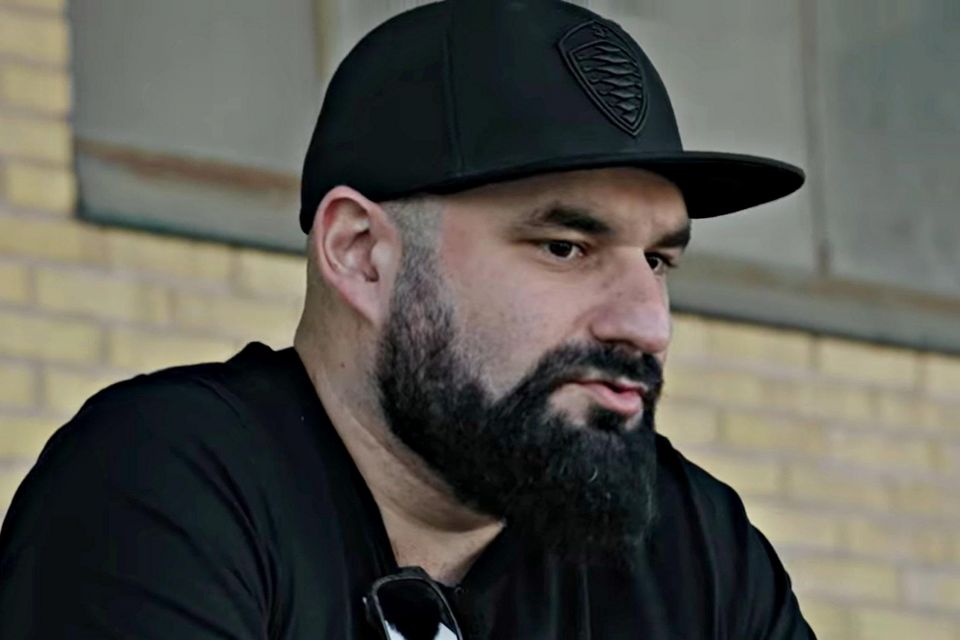
Having lost sleep staying away from hypercar design for so long, Sasha left Genesis in 2019, moving to a company he’d always dreamed of being a part of.
As Koenigsegg’s first official head of design (after the CEO Christian Von Koenigsegg), Sasha took on the challenge of evolving the company’s design language through an expanding line-up.
The first sample of his work is the Koenigsegg Gemera, a four-seater Mega-GT with a hybrid powertrain producing a total of 1270kW of power, unveiled at the cancelled 2020 Geneva motor show.
Sasha Selipanov: I was always obsessed with cars. Parents say my first word as a child was “car”. Growing up in the late ’80s and early ’90s in Russia I barely had any exposure to beautiful cars so I hungrily held onto every single western car magazine, catalog or even a sales brochure.
In the long run I think this was very beneficial: seeing an amazing car out on the road is always an event but for me, in my childhood those moments were so significant that to this day I remember each one of them. This created a kind of awe, fascination that would have been diluted if I had been exposed to those cars more frequently.

First time I saw a proper sports car was in Budapest, in the early ’90s: during our family vacation my parents took me to a dealership with a Ferrari Testarossa. I remember standing by the window for a long time, staring at the car, just wanting to be near it.
Unfortunately the shop was closed so we couldn’t even get in. I also remember my parents taking me to Maranello, we made it our first stop in Italy the following summer after that Budapest trip.
For a decade after that trip I held on to the tickets to the Ferrari museum and all the bits of memorabilia we brought home.
SS: It’s a dream come true! Sorry for the cliche but there is no better way of describing the feeling I get from working here. I am surrounded by exceptional, motivated, ultra talented people who’s visions and dreams are aligned.
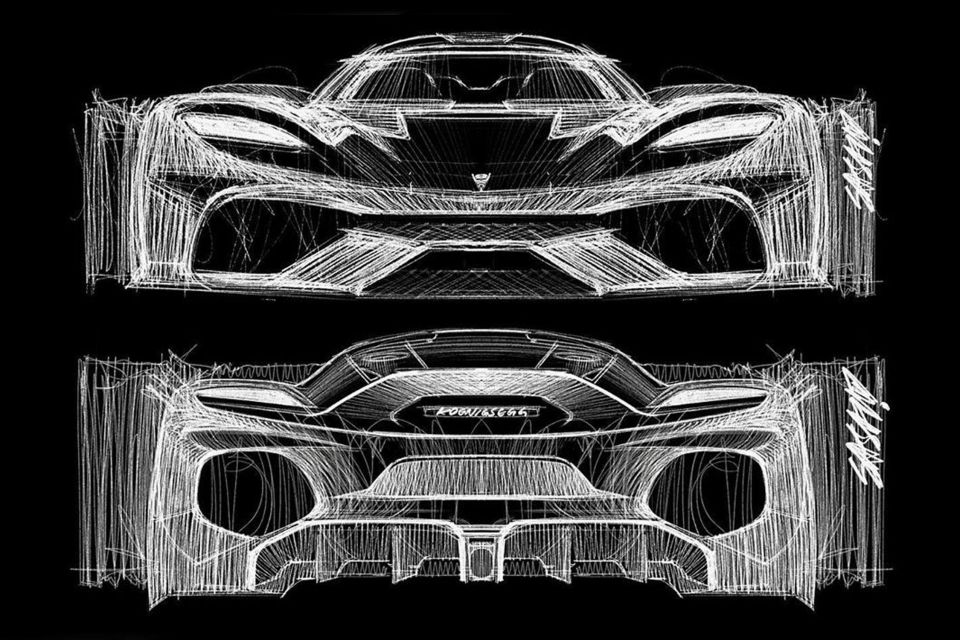
We are here to create amazing cars and have a great, fun time while doing that. Christian’s own attitude and approach have trickled down into all that happens in the company: his creativity, out of the box thinking, dedication, problem solving yet fun and positive mindset is exactly how the company works.
Koenigsegg is a unicorn in the automotive business, a company so young at heart, creative and brave that it feels like working in a different, more romantic era.
SS: Yes, since day one I was in love with high performance cars, racing cars, motorsport. Regular passenger cars always seemed like the lesser kind to me.
I loved the fact that racing cars and some of the real sports cars have shapes dictated by function and not by fashion. I am curious and have always asked myself “why” about things I saw.
Why is this shape the way it is? What makes it attractive? What is its purpose, what sits behind it?
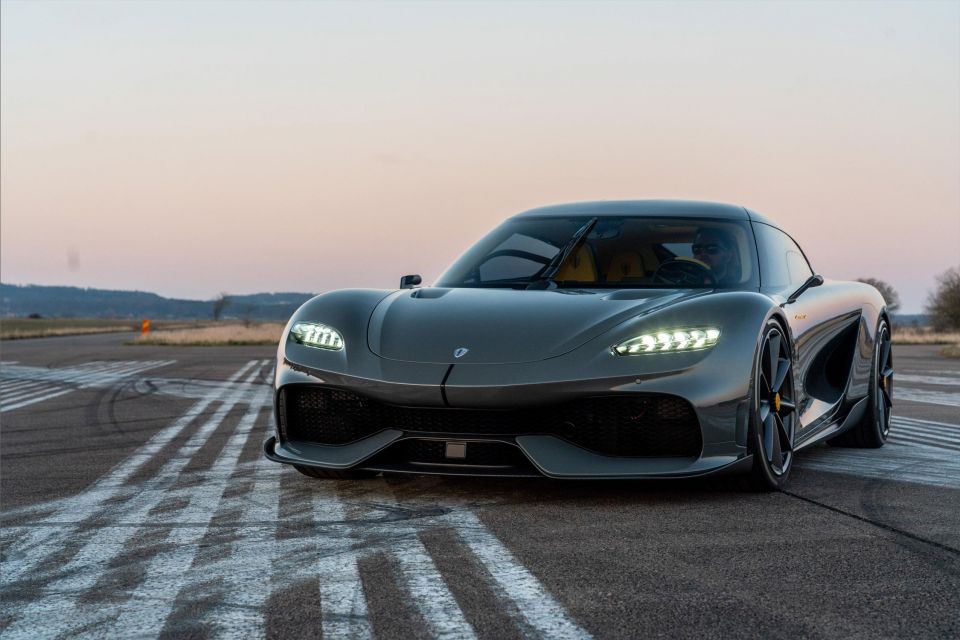
All these questions helped me develop as a designer. I am a firm believer that divisions between engineering, design, sculpture, aerodynamics etc need to be blurred.
For smaller and more agile companies I think the aim should be for a lot more organic, border-less workflow. For this to work every expert needs to have a decent level of insight into what the other’s expertise is about.
We always aim to create holistic designs and therefore we cannot afford silos in our work.
SS: I touched upon this in my previous answer, but yes, absolutely! Modern digital tools allow for seamless workflow between departments and this is already impacting the industry – more and more companies are choosing to abandon clay modelling in favour of all digital processes.
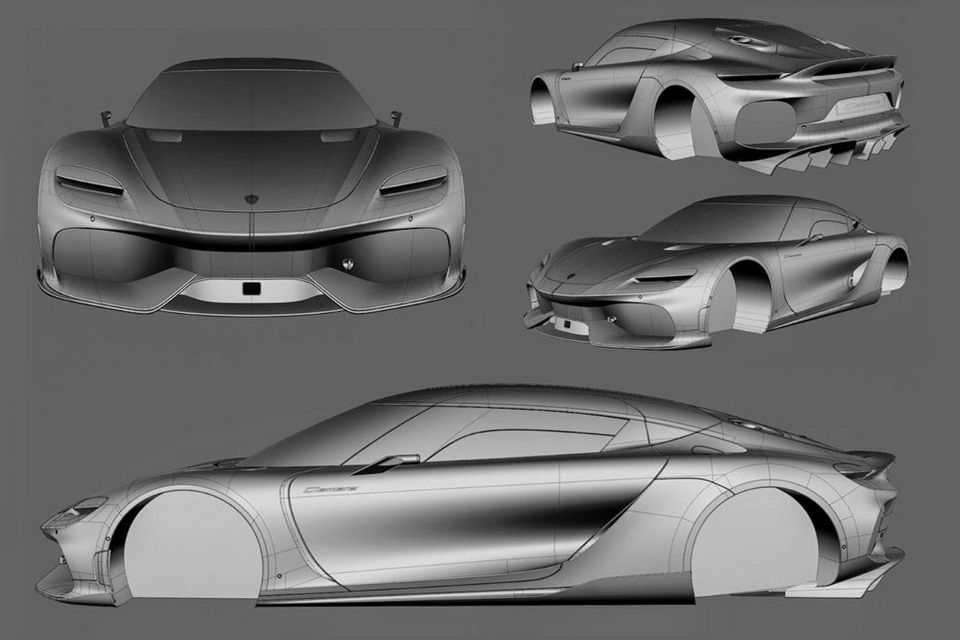
I think this can be taken even further: lines between surface modellers, designers, engineers, visualisation experts should be erased. People still retain their expertise in a particular field of work, but they can break out of that box and contribute on a much larger scale once they understand the project, relevant technologies inside out.
SS: Koenigsegg design DNA was born from Christian’s early sketches and scale models, and in my opinion it had no difficulties staying relevant and modern today.
The reason for this, in my opinion, is that the DNA is driven not by fashion but by solid reasoning and logic. Iconic elements such as the wrap-around windshield, short overhangs, side air intake, simple yet aerodynamically effective sculpture; those are all timeless as they are consequences of performance, aerodynamics, practicality and ergonomics.
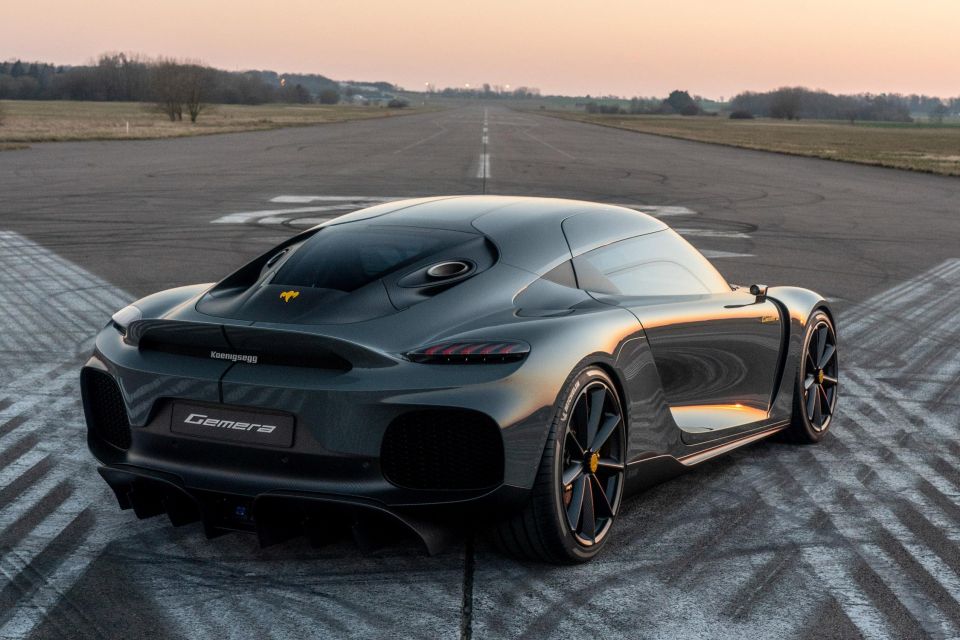
Bugatti was an amazing experience for me, but on a purely personal taste level Koenigsegg is a better fit. I just feel very well aligned with the company and its direction.
SS: Thanks a lot for your kind words! We are all super thrilled with how the car was received by the clients, fans and the media.
The technical concept for the car obviously took far longer to develop than the few months of my involvement in the project. Christian has been thinking about this car for close to two decades.
Joachim Nordwall worked on exterior and the interior designs for Gemera before I came on board and left us a starting point: proportion models. While the car ended up looking quite different from those initial designs it was still a solid place to start.

What followed was a marathon, a four-month long all-nighter getting the car ready for Geneva. I have worked on a few time constrained projects before but this was unparalleled: we had to come up not just with a body-shell for a show car but with a set of engineered panels for both exterior and interior within a few months.
I did a lot of the work myself, 3D modelling the car, but I also had a lot of help. Christian was reviewing the design with me daily, even weekends were busy with design discussions!
We did a lot of modifications on the car “live”, Christian sitting by my desk and us moving the volumes around together until it felt right. This was great for both speed and quality.

I also asked two of my good friends for help. Etienne Salome and Arseny Kostromin came on board as consultants and contributed their sleepless nights to interior and exterior respectively. The design process was very intense, full of pressure but ultimately incredibly gratifying, it felt like we all pushed in the same direction.
Favourite part? I don’t usually think of cars in terms of parts! I am very happy with the overall result: a groundbreaking technical package yet still unmistakably a Koenigsegg.
SS: I would not like to comment on the future plans of our company one way or another. But in general I think that coach built cars are exciting when they offer something on top of just a different body shell.
SS: Typical day at work? So far it’s been packed with excitement. We are all under one roof: prototype, production, engineering, design. Just walking through the production floor in the morning gives me such a powerful jolt of motivation!
I just love seeing these beasts being built, satisfying on so many levels. Our workflow is very fast paced: the size of the company allows an immediacy in implementing ideas.
A concept discussed yesterday becomes a 3D model basically overnight and you have a working prototype of the new part in your hands within a few more days. This speed and directness is not something I have ever experienced before.
Christian’s office door is always open and it’s so easy to run any idea by him, get immediate feedback and move on with the project.
SS: Yes, RAW Design House has been pretty busy so far! Due to confidentiality agreements I am not free to discuss our projects or to even name our clients but it has been a great run so far.
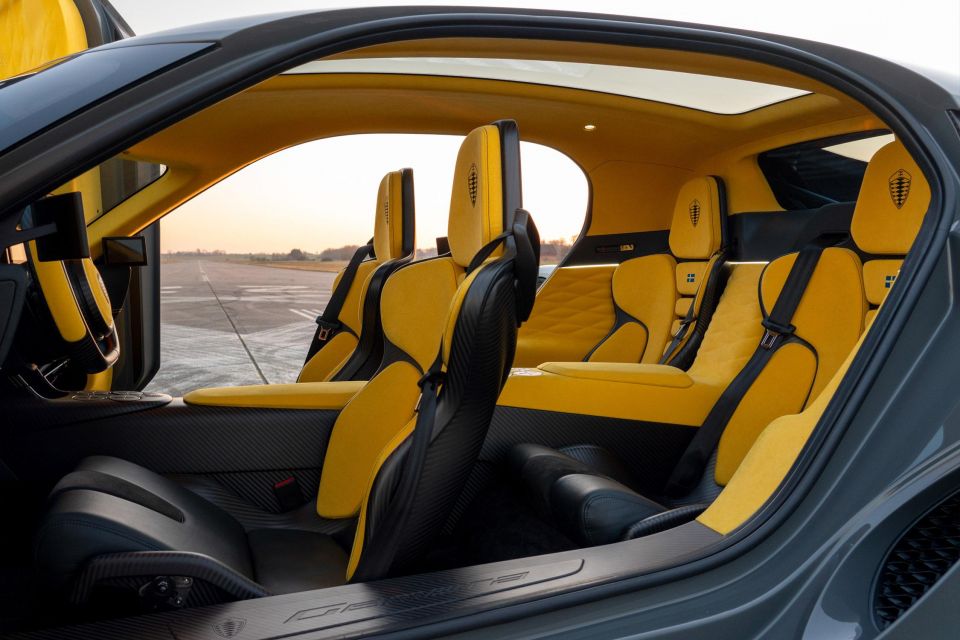
I believe that our workflow: digital design, integration between engineering and design, our efficiency and speed can be applied to benefit other car manufacturers. I am very proud that the Koenigsegg Gemera wears the RAW badge, it is our design team’s best showcase.
SS: Yes, for sure! I’d love to have been a fly on the wall when they made the Ferrari F40, Bugatti EB110, McLaren F1, Koenigsegg CC8.
Those are all icons and it would have been pretty amazing to have a chance to learn from people who made them.


James Wong
41 Minutes Ago


Derek Fung
2 Hours Ago
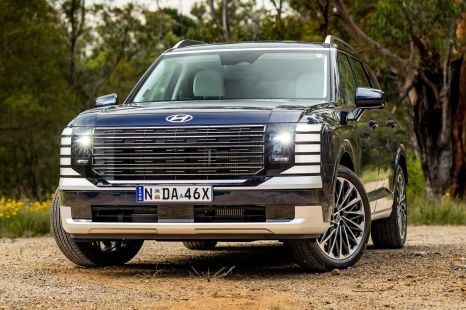

Matt Campbell
9 Hours Ago
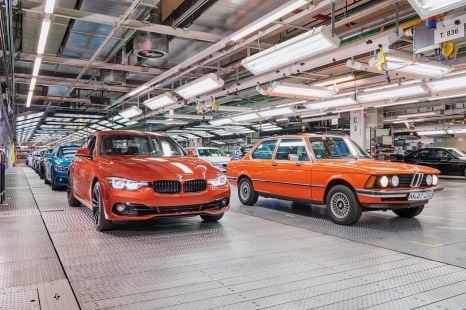

Ben Zachariah
18 Hours Ago
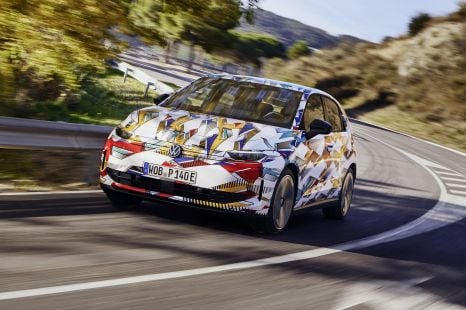

William Stopford
18 Hours Ago


William Stopford
19 Hours Ago